Celtic Rainforests: National Trust creates new plan to protect Welsh woodland
- Published
- comments

A plan has been unveiled to grow rainforests of the future in a remote location in Wales.
The trees, including rare and endangered species, will be grown using local seeds in a special tree nursery to help them adapt to the changing climate.
The National Trust hope to protect Celtic rainforests and help them recover from effects of climate change, pollution and tree diseases.
Rainforests aren't just found in tropical or hot climates - you can find them in the UK, but there far fewer than there used to be.
What are Celtic rainforests?
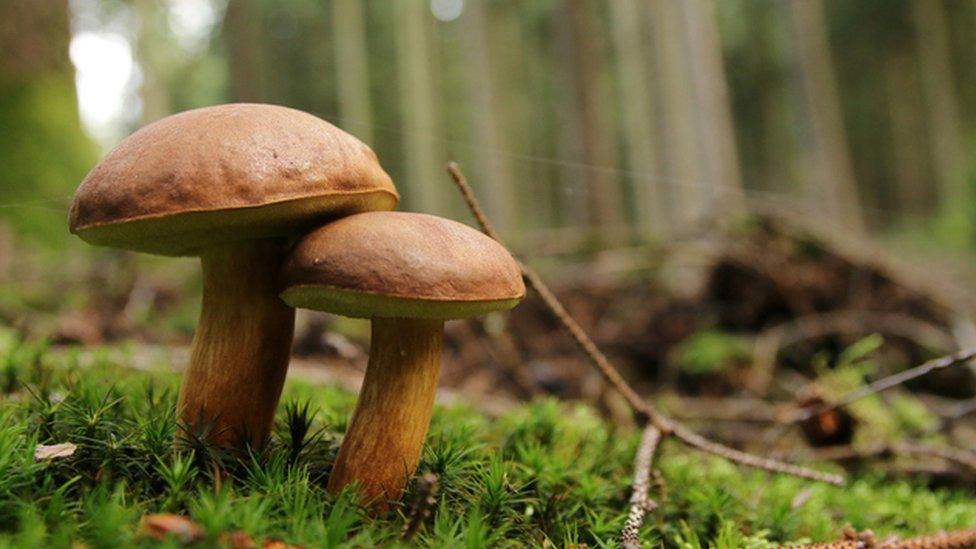
Celtic rainforests provide a great habitat for fungi and moss
Celtic rainforests are forests, usually close to the sea, that provide an ideal habitat for plants and fungi. They have high humidity and stable temperatures.
They are also known as temperate forests, or Atlantic forests.
Celtic rainforests are extremely rare, and the National Trust says that they currently cover less than 1% of Britain. They are much smaller than they used to be due to deforestation, climate change and pollution.
The rainforests have also been taken over by invasive diseases, such as ash dieback.
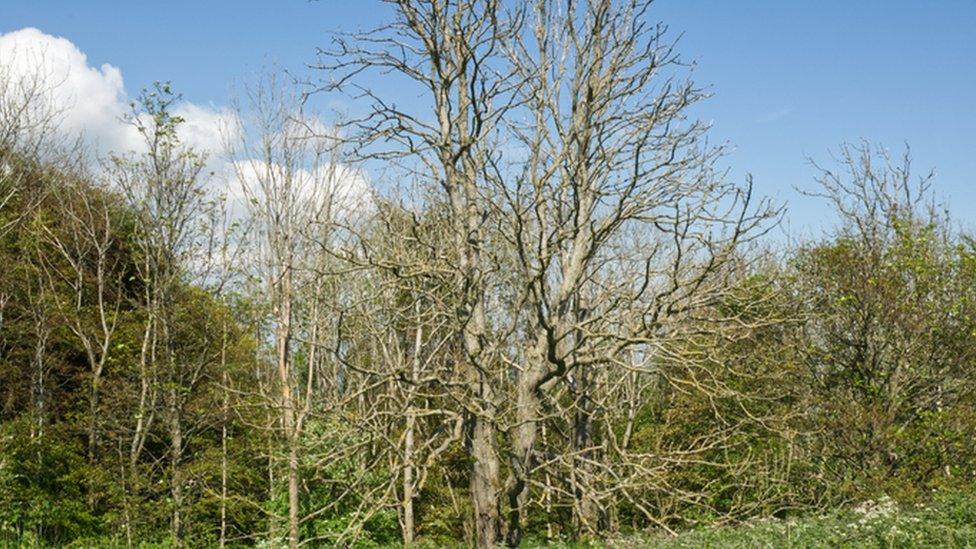
This tree has been a victim of ash dieback - a disease killing ash trees in the UK
How can we grow Celtic rainforests?
The National Trust's new plan is to take local tree seeds from these Celtic rainforests and grow them in a safe environment deep within the Welsh countryside of Eryri, or Snowdonia.
These trees will be monitored by experts in a special nursery - which is the name for a place to grow plants.
They hope to grow 30,000 trees a year in the nursery, and alongside other sites doing the same, plant 20 million trees by 2030.
These trees will be carefully planted in locations that allow them to develop and ensure the health of the woodland is protected for the future.
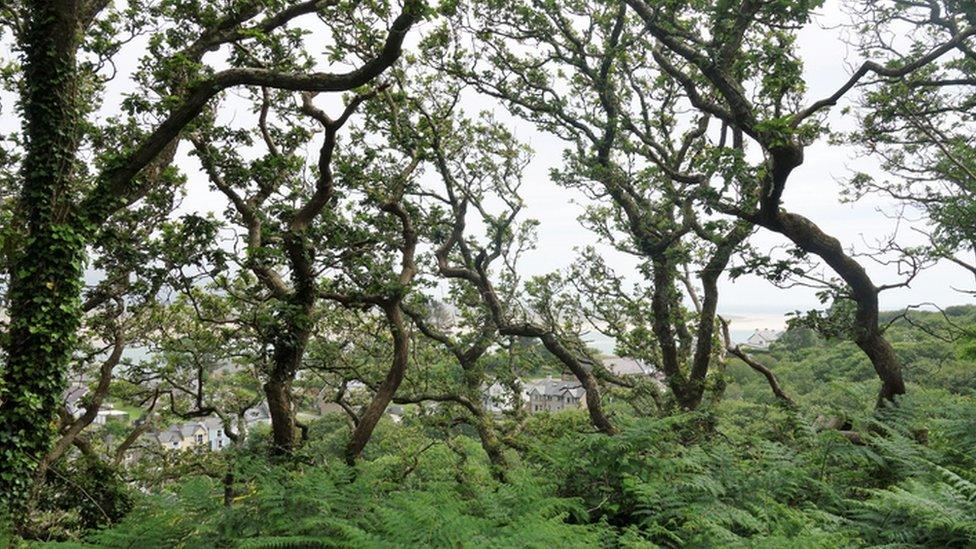
The team hopes to 'future-proof' forests for climate change
What types of trees do you get in Celtic woodland?
Lots of the trees will include rare and endangered trees, such as the black poplar.
They also want to grown the hornbeam tree, which is good at adapting to different weather conditions. Whilst Eryri heats up due to climate change, the hornbeam tree should cope with the new temperatures and continue to grow.
Hornbeam trees also help liverwort, fungi and beetles to survive. A lot of the habitats for these species have been destroyed through ash dieback, so the National Trust hopes hornbeams can create a new home for them.
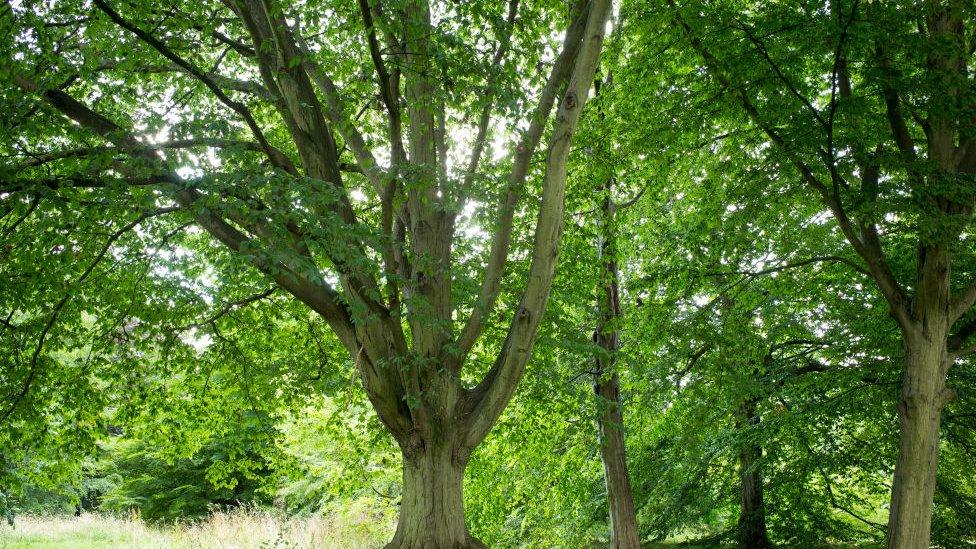
The hornbeam tree
The new trees will be growing for thousands of years, providing habitats for lots of different wildlife such as warblers, moths, bats and even otters
- Published20 November 2022
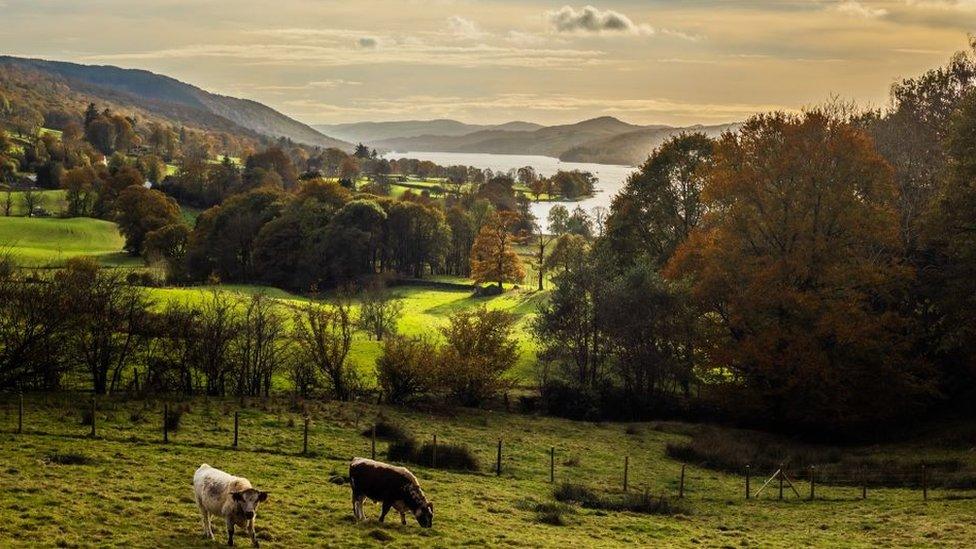
- Published5 July 2022

